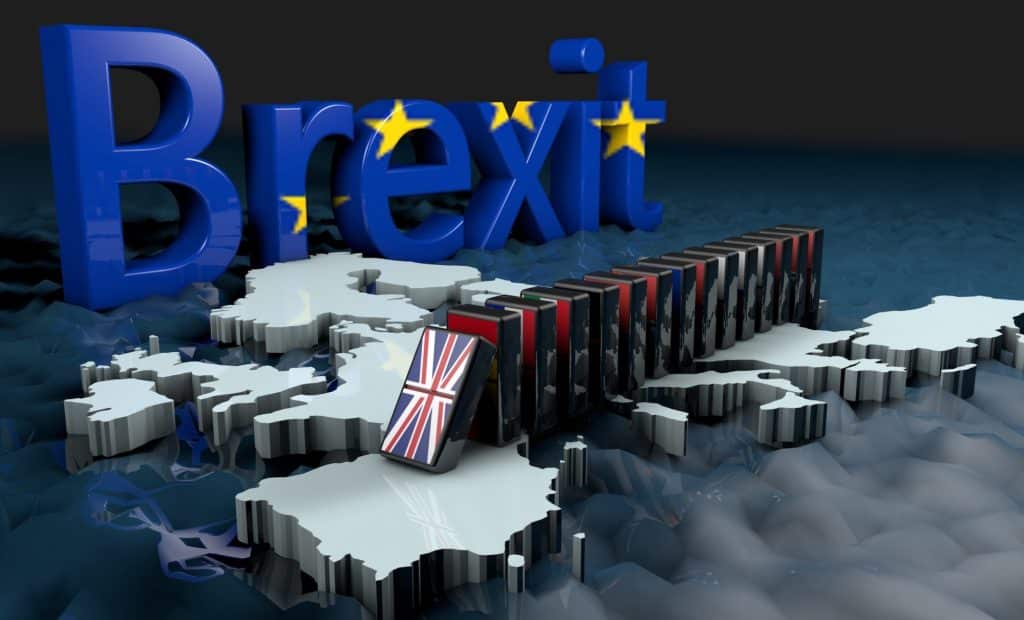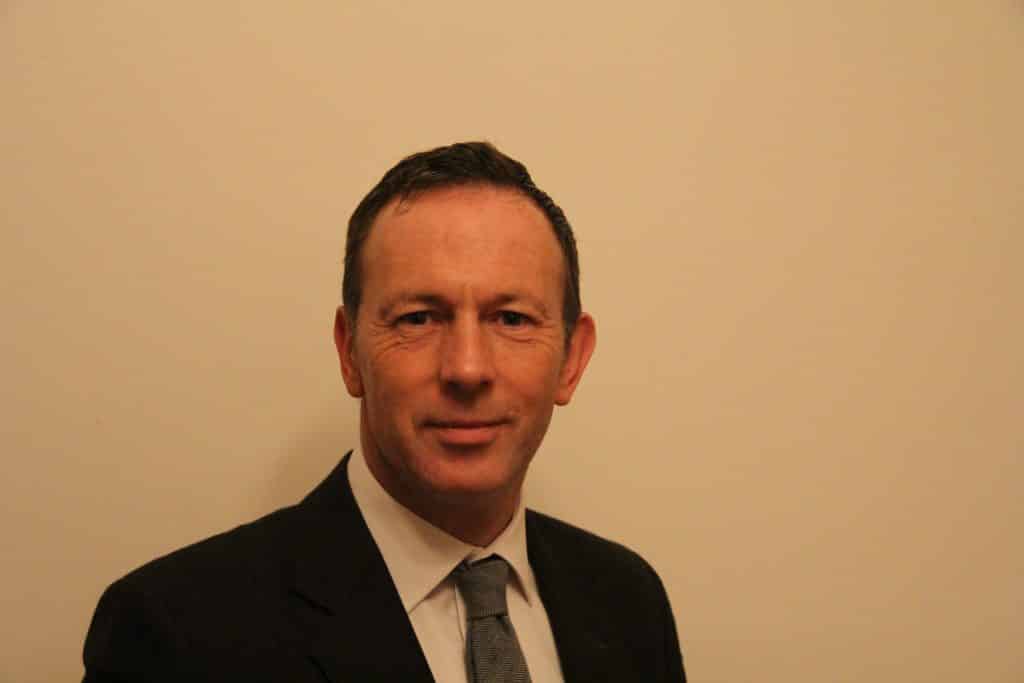Brexit is nothing short of a political tsunami, unlike anything we’ve seen in recent UK history.
It sent powerful shockwaves across the economic landscape. Small business owners are scrambling to grasp the magnitude and nature of this disruption. They have to deal with looming uncertainty and revamp their strategies, which doesn’t come easy.
But, to be fair, it’s not all doom and gloom out there.
There’s no shortage of emerging Brexit opportunities to expand, pivot, and grow your small business. They are concealed both in unexpected places and in plain sight. Leveraging them is a matter of survival in the harsh business environment.
Here is how to navigate the treacherous waters are emerge stronger than ever before.
A Deafening Wake-Up Call
We probably don’ have to repeat all the ways in which Brexit has disaster written over it.
There is a slew of notions floating around in public, which those sentiments. Instead, we want to offer something that comes in short supply– the good news.
You can work your way around new obstacles and business risks on the road to business success. Indeed, Brexit gives us plenty of reasons to rethink our approach.
So, the first thing to do is educate yourself on all the practical consequences. The main goals are to identify opportunities amidst the chaos. They are your chance to position your business better and elevate its profile.
Some opportunities exist in the long-term horizon, while others involve a limited window of opportunity. They are also more applicable to some companies than others. There simply aren’t easy solutions and clear-cut answers.
On Top of the Game
To get on top of decision-making, factor in the particularities of your business case.
The following elements should be a part of the equation:
- Size of the company
- Growth/lifecycle stage
- Industry sector
- Type of products/services
- Geographical presence
It’s safe to say these aspects don’t carry the same weight. Nevertheless, none of them are to be ignored.
First off, Brexit opens doors to various opportunities beyond the EU. In case you already export or serve customers overseas, that’s great news for you. If anything, it could significantly boost your sales and reinforce the market foothold.
This is also possible thanks to a weaker pound, which is conducive to export-oriented businesses. In other words, a lower exchange rate makes UK goods cheaper. It also acts as a magnet for foreign investment.
Two Sides of the Coin
The flip side is that imports are going to be more expensive.
Hence, businesses that rely on them will struggle to maintain operational profitability. One way to overcome this obstacle is to seek more UK-based partners.
Yes, such a transition requires time, resources, and thoughtful planning. But, it can pay dividends down the road.
Rest assured domestic demand is poised to surge in the wake of Brexit. In many cases, customers will be tempted to forgo foreign brands because they’ve become pricier. This is to say many UK businesses will be more competitive than their counterparts from abroad.
Of course, these are all general predictions that may not always hold to the scrutiny of reality.
A lot will depend on the ability of the government to negotiate favourable bilateral deals. Therefore, keep up with the changes in trade tariffs, as well as currency fluctuations.
Thriving in an Unforgiving Climate
Another major influence of Brexit is regulation getting less stringent.
Yes, in general, the UK is likely to stay aligned with the EU legal framework. At the same time, however, it might diverge from it in some important ways.
This development will give more wiggle room to UK businesses. It will facilitate certain key business processes, making them quicker and possibly cheaper.
Furthermore, bear in mind there’s one great way to capitalize on Brexit.
Namely, you could try to address newly-arising customers’ concerns and dilemmas. The idea is to discover pain points in relation to leaving the EU and attempt to mitigate them.
A consultancy service is an obvious choice, especially for those who possess the necessary skills and expertise. But, this kind of small business is far from the only option. In fact, it’s more of a short-term, situational opportunity.
A Breath of Fresh Air
A more approachable alternative would be to refine your products and services according to the wants and needs of post-Brexit customers.
Some of the focal points to guide the process are:
These opportunities aren’t one-size-fits-all solutions. For example, legal firms are inclined to gravitate toward employment law. What is more, they could prosper by aiding UK firms in hiring employees aboard.
On the other hand, accountants may want to jump on VAT changes. A lot of businesses need assistance in comprehending them, as well as in refining related processes.
The bottom line is: conduct extensive market research and see what makes sense in your context.
Making a Strong Account of Yourself
To go the extra mile, establish yourself as a reputable expert.
Share your insights and experience with how your small business is coping with change. Turn your networking, publishing, and personal brand-building efforts a notch. Take part in discussions on how the industries ought to respond to disruption.
Consider joining Brexit committees sprouting up recently. Get in touch with trade associations and other relevant organisations to figure out where these opportunities lie. Government consultations could also deliver a nice boost and put you close to the source of information.
Beyond that, you should feel free to explore other avenues. Trends such as automation aren’t exclusively tied to Brexit, but they certainly enable small businesses to move ahead.
Make sure you don’t miss out on those.
Brexit Opportunities: You Can Either Shape Up or Ship Out
Brexit implications come in all shapes and forms, ranging from good to bad and ugly.
This is a less-than-ideal turn of events, but it shouldn’t give rise to panic. You’re much better off embracing a proactive, paced, and strategic approach.
Do your homework to properly assess the reconfigured ecosystem. Recalibrate your business strategies and processes in the light of Brexit.
For instance, you may need to start looking either closer to home or further away from the EU neighbourhood. Make do with new tools to cover vital business functions and pave the way for expansion.
These are the stepping stones to gaining a powerful edge in the brave new market. It’s time to seize lucrative Brexit opportunities before the competition beats you to it.
Check out the entries in our economics and business section to stay in the know and future-proof your business.








